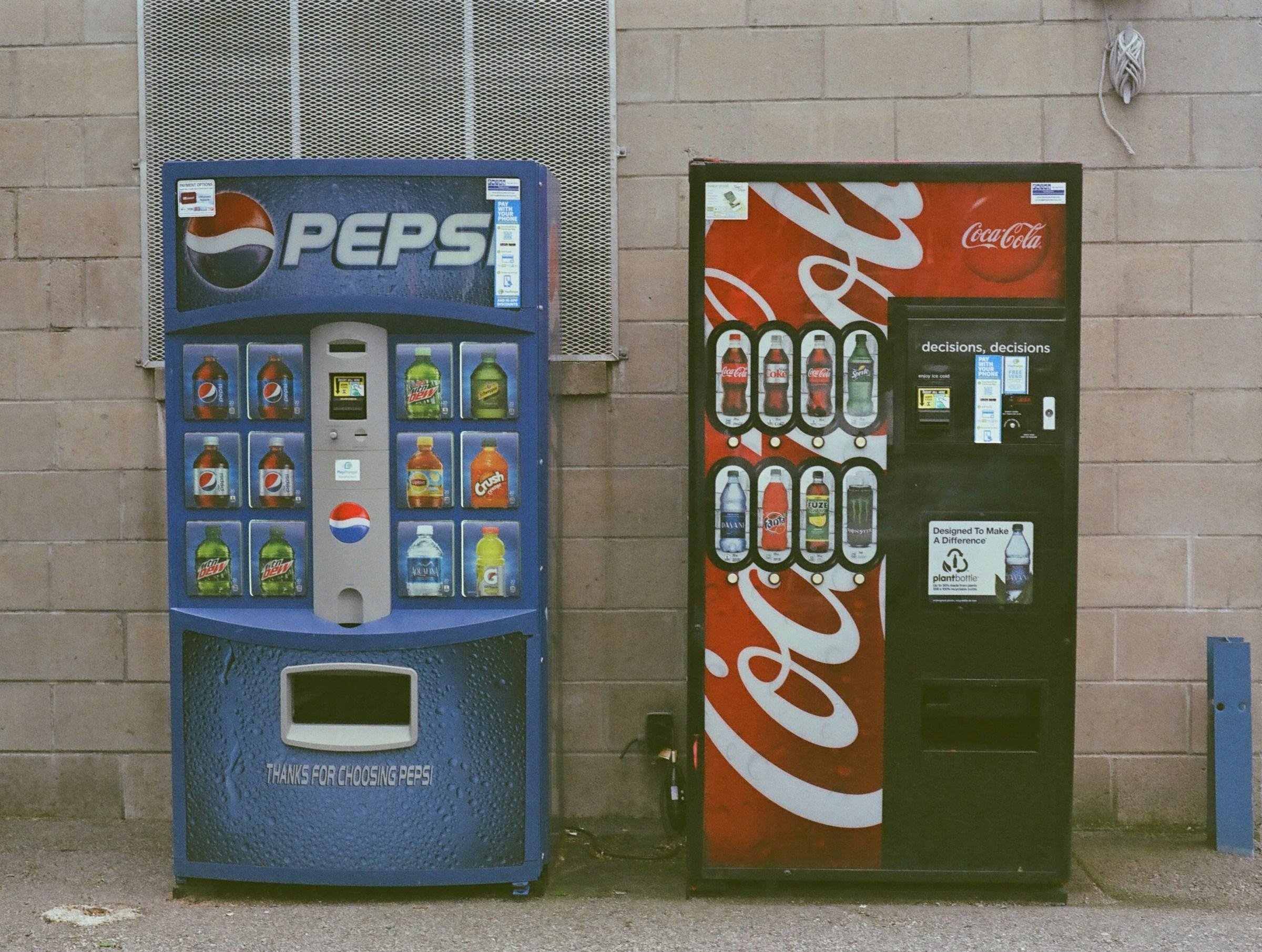The story often begins with a small yes. A manager asks for someone to polish a deck before tomorrow’s meeting. A classmate wonders if you could take one more section of the group project. A neighbor sends a late text about a ride to the airport at dawn. The room stays quiet for a moment, the request lingers, and then the person who is known for being kind says yes. Everyone exhales. The task moves forward. The system learns something about who will absorb the overflow next time. The yes felt natural. It was also a lesson, and the lesson will be repeated.
When people search for why nice people get taken advantage of, they are not confused about the basic mechanics of generosity. They already know that kindness is valuable. What they are trying to understand is the strange way our daily life converts kindness into an invisible utility. We talk about empathy as a virtue, post about it, teach it to children, and celebrate it in speeches. At the same time, the places where we make decisions and coordinate work, from office chats to family group threads, reward speed, certainty, and boundary setting. The person who states limits early is cast as focused and decisive. The person who is always willing to help is cast as dependable and convenient. Both reputations are positive, but only one tends to shield its owner from an ever growing queue of unpaid obligations.
Digital platforms intensify the effect because they flatten context. A request arrives as a notification that looks identical to urgent news. There is no hallway pause, no breath of silence that would let the recipient weigh the size of the favor. The message carries the sender’s anxiety straight into the recipient’s day. Niceness, inside this interface, starts to look like immediate compliance. Slow, thoughtful help still counts as help, but the interface teaches everyone to value the quick answer more than the considered one. The kind person who replies promptly once becomes a reliable node in the network. Algorithms love reliable nodes. People do too. Soon the same person is added to every thread that might need a soft landing.
Classrooms and early jobs prepare the ground for this pattern. Many of us learned during group projects that the safest path was to be easy to work with, to avoid conflict, and to deliver quietly. Later, in our first roles, we handled crises after hours to prove we were team players. The gratitude felt sincere in the moment, and sometimes it still does. Yet the habit that was meant to build trust can harden into an expectation that never expires. Workplaces have a long memory for who saved a deadline. They do not always remember to ask why the work keeps requiring emergency rescues at all.
Friendships and families add another layer, softer in tone but similar in structure. Every circle has the planner, the listener, the one who never drinks so that the others can enjoy the evening without worry. These roles are rarely assigned; they accumulate. The person who is warm and patient becomes the default organizer because they have always done it and because it is easier for everyone else if they continue. Gratitude appears in stories and toasts. Redistribution of effort appears less often. If you map the favors and micro tasks across a year, you can see a quiet logistics system that leans heavily on the kindest person in the group.
None of this requires villains. Most people are not scheming to take advantage of anyone. They are optimizing for convenience in a life that feels busy and uncertain. If calling one friend guarantees the plan will come together, then that number gets dialed more often. If copying one colleague into an email guarantees a calm response, that address becomes the default. The nice person becomes a bridge. Bridges get used. The social credit they earn is real, but it does not always translate into fewer demands. It sometimes translates into more.
There are cultural scripts at work as well. Many societies reward people who smooth conflict, who keep conversations pleasant, and who carry emotional labor without complaint. In offices that prize collaboration, the quiet act of organizing the notes, corralling the dietary restrictions, or welcoming new teammates is respected in theory but rarely quantified in appraisals. Compliments are sincere. The workload is still heavier. Over time, the gap between praise and protection becomes a quiet source of resentment. The person who appears to have endless capacity is in fact operating at the edge of it.
Gender and class dynamics sit in the background, shaping expectations about who will step in and who will step back. In some environments, the same behavior is interpreted differently depending on who performs it. A firm boundary from a senior person is admired. The same boundary from a junior person is labeled difficult. A kind gesture from a junior person is praised as culture building. The same gesture from a senior person is applauded on stage. Both acts may be genuine. Only one tends to reduce the future requests that land at the doer’s door.
Language plays a quiet role in this conversion of kindness into obligation. Many of us have learned to apologize before stating a simple limit. We write that we are sorry for the slow reply when it has been only a few hours. We soften clear sentences with smiley faces so that the boundary sounds friendly. The intention is to keep relationships warm. The effect is that the limit looks negotiable. If a boundary sounds temporary and apologetic, others will test it, not out of malice, but because they have learned that another yes often lives behind the polite hesitation.
Social fear deepens the trap. People who want to be kind often also want to be included. They know how quickly groups can exclude the person who makes things harder. They do not want to be the reason a plan stalls. They do not want to be written out of the group chat. Niceness becomes a subscription with auto renew turned on. Cancelling requires a kind of friction that feels socially expensive. The longer the subscription runs, the higher the perceived cost of changing the terms.
Public performances of kindness add yet another twist. Mutual aid posts and community drives do real good for real people. They also create a visible identity. If you are consistently publicly helpful, strangers may assign you the private role as well. Your inbox begins to resemble a help desk. None of this means you should stop being generous. It means that the line between generosity and unpaid labor can blur when kindness is both your value and your brand.
These patterns do not imply that kindness is naive or weak. They reveal that modern systems are very good at routing discomfort toward the lowest friction path. The lower the resistance, the greater the flow. The kind person offers less resistance because they value harmony and care. They want good outcomes for others. They want to be counted on. The system notices and responds with more requests. The loop continues until the cost shows up as burnout or a sudden refusal that looks rude to those who never had to count the favors.
Some will argue that the solution is simple. They will say that the nice person should simply say no more often. There is some truth in that sentence, but it hides more than it reveals. It ignores the way that people learn their role through thousands of small interactions, many of which began in environments where saying no was genuinely risky. It also ignores the fact that setting limits is a social skill, not a switch. People practice it like any other language. They falter, they overcorrect, they try again. Communities and workplaces that understand this will treat boundary setting as a shared project rather than a private struggle inside one person’s calendar.
If there is a cultural cure, it does not ask people to be less kind. It asks groups to distribute care with the same seriousness they bring to budgets and deadlines. That sounds unromantic, but many good things are unromantic in their execution. Rotating the work of planning. Writing down who owns the emotional follow up after hard meetings. Scheduling time for debriefs so that the person who always checks in does not become the only one who checks in. Treating thank you as an action, not only as a caption. None of these steps require a grand announcement. They require a willingness to notice what has been invisible.
There is also a gentler reimagining of what kindness looks like in a fast world. Not all care must be immediate to be real. A slower reply can still be sincere. Help that arrives tomorrow may fit better into a life that is already full. That kind of help respects both parties. It does not confuse urgency with importance. It confirms that care is a choice, not a reflex. When more people practice that style of kindness, the burden on the most dependable person eases, because their pattern is no longer the only one available.
In recent years, you can see small shifts in language that signal this change. People experiment with sentences that state limits without apology. Friends in group chats take turns initiating plans. Teams decide in advance who will handle the unglamorous work that keeps an event humane. Leaders model responses that say, I cannot take this on right now, and then they continue to treat the relationship with warmth. Rituals remain tender. Logistics become less invisible. The person who has been carrying the quiet load can rest without losing their place in the circle.
It is still worth returning to the original question, because its persistence online tells us something about the tension many people feel. The reason nice people get taken advantage of is not a puzzle with a hidden twist. Niceness is easy to ask and hard to measure. Systems prefer what is easy to ask. People repeat what works. If we want a different outcome, we have to value the count as much as the story. Counting is not about keeping score in a petty way. It is about acknowledging the labor that has been disguised as personality.
Perhaps the most hopeful part of the conversation is that communities can choose different defaults. A family can decide that the sibling who remembers the birthdays should not also be the one to coordinate every celebration. A team can decide that the person who writes the best notes should not always be the note taker. A neighborhood can share the chores of care so that the generous neighbor gets to be off duty without explanation. None of these choices require a manifesto. They require attention, and attention is a form of love.
The last thing worth saying is that kindness survives pressure when it is paired with clarity. People who are clear about what they can give tend to give longer and with more joy. People who receive that clarity tend to ask with more respect. The culture that emerges from those exchanges still values warmth and responsiveness, but it stops confusing a gentle yes with a permanent open door. In that culture, the kind person is not the bridge that everyone drives across. They are a person among people, carried sometimes, carrying at other times, seen not only for their light but also for the work it takes to keep that light on.






.jpg&w=3840&q=75)








